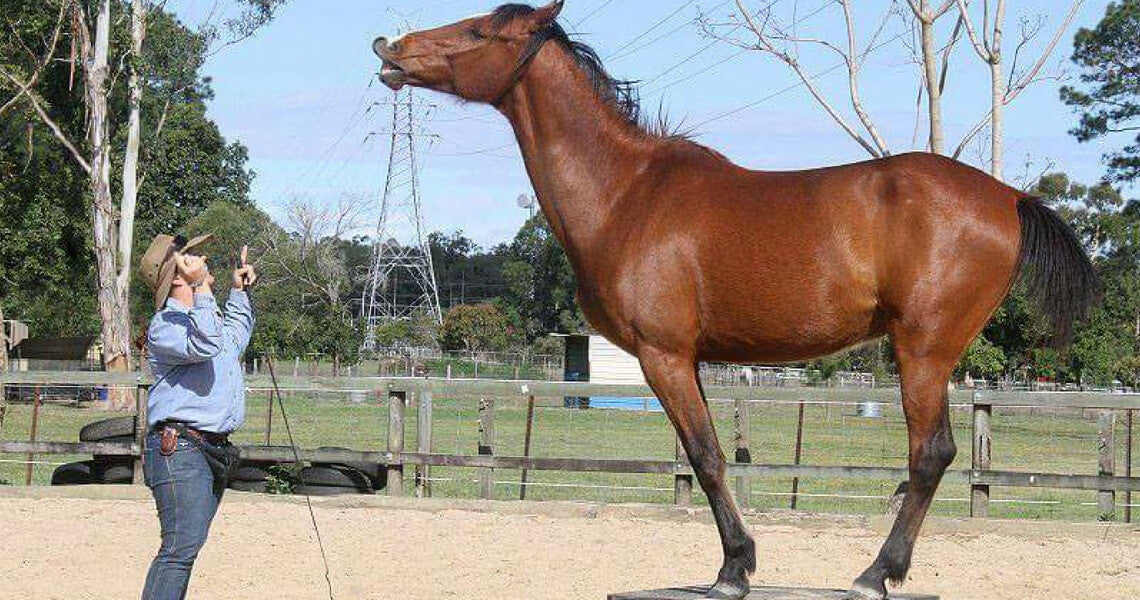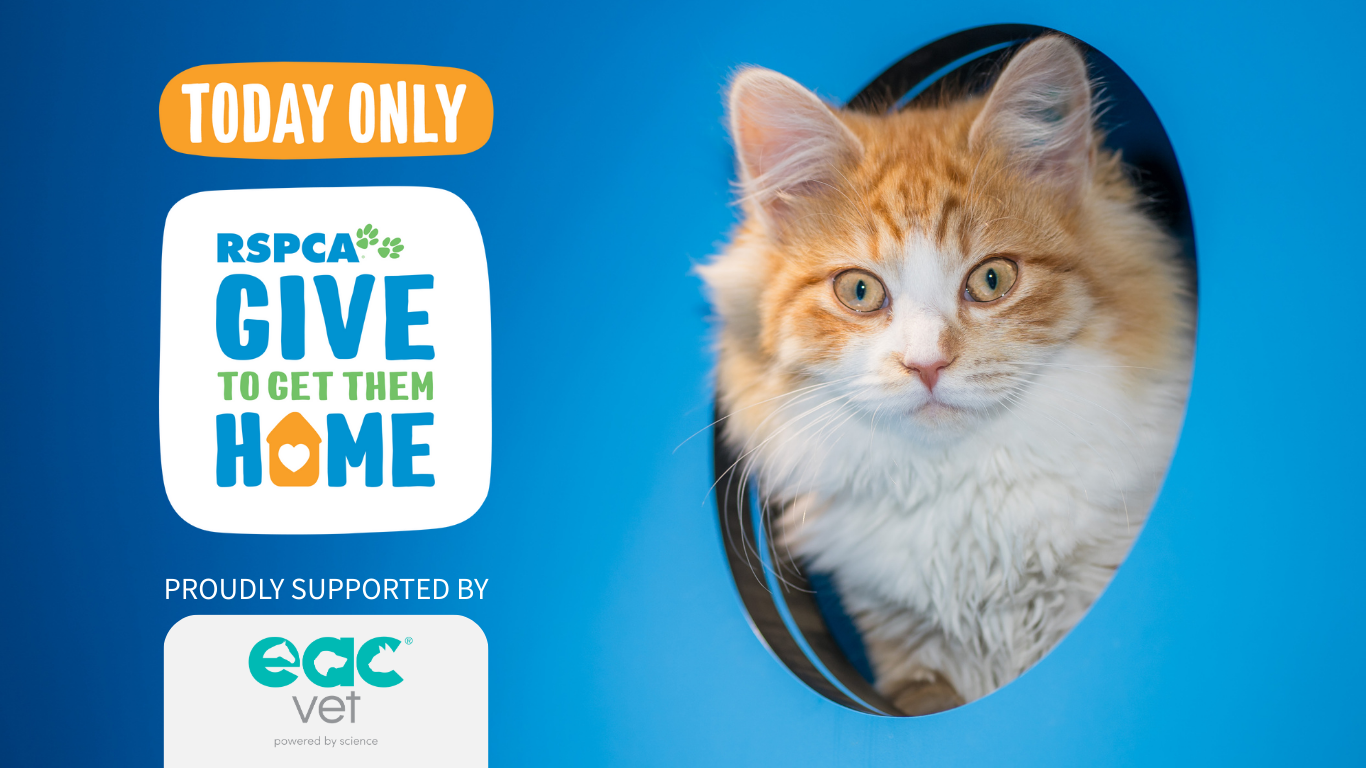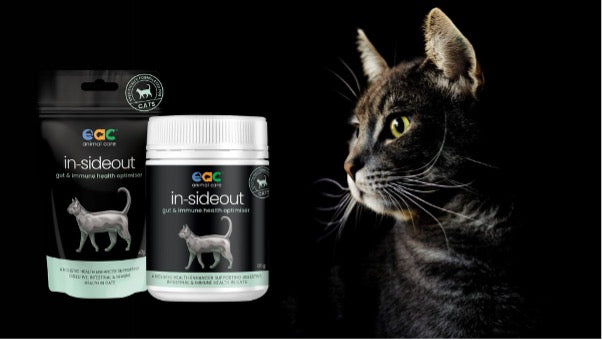By Dr Kate Mornement Ph.D, BSc(Hons)
Have you heard of clicker training? Clicker training is a humane and effective method of training animals new behaviours. Used primarily to train dogs and captive animals, the application of clicker training is now gaining traction in the horse world. Use cases in horses including simple commands such as leading forward, or leading into a horse treadmill or float.
What is clicker training and how does it work?The term "clicker" comes from the sound that the device makes when operated. You can find clicker training devices from your nearest horse gear outlet.
Used as an event marker (or bridging stimulus) the trainer clicks the clicker to precisely mark themoment the desired behaviour occurs and primary reinforcement (food) always follows.
The click sound also acts as a bridge between the moment the desired behaviour occurs and the delivery of reinforcement. When training a new behaviour, the clicker helps the animal to quickly identify the precise behaviour that results in the treat.
First popularised by animal trainer Karen Pryor in the late 80’s and early 90’s, clicker training has become a common method to train all sorts of desirable behaviours in dogs, other domestic animals as well as exotic animals. Clicker training has been used to teach captive animals in zoos to participate in their own medical care which improves their welfare, reduces fear/stress and, in many cases, the need to catch and anesthetise animals.
The first step in clicker training is to teach the animal to associate the clicker sound (or other marker) with a treat. Every time the click sound occurs, a treat is given immediately. This process is usually achieved after about 20 repetitions and is often referred to as “loading the clicker”. Once the animal is anticipating a treat after it hears the click sound, you’re ready to move onto the next step.
Next the click is used to communicate that a desired behaviour has occurred. This can be achieved using a few different approaches including capturing, shaping and luring.
Capturing is when you catch the horse in the act of doing the desired behaviour, for example lifting a hoof or lying down. Eventually the horse learns to repeat the behaviour because it results in a pleasurable consequence - a treat. Shaping is when a new behaviour is taught gradually by rewarding small progressive steps (also called approximations) toward the target behaviour.
Luring is a process where a treat is used to help get the desired behaviour, for example moving a treat in a downward direction so the horse lowers its head.
Once a behaviour is learned, meaning the horse begins to offer the behaviour itself, the final step is to add a cue for the behaviour. A cue is a signal for the horse to perform a behaviour, such as a word or a hand signal. The animal will have learned that a treat is on the way after completing the desired behaviour in response to the cue. Critical to effective clicker training is precise timing. The delivery of the conditioned reinforcer must occur at the exact moment
the desired behaviour is offered. The clicker is used as a "bridge" between the marking of the desired behaviour and reinforcement. Once a behaviour is learnt and reliably offered in response to the cue (command), the clicker and the treats are gradually fazed out.
How does clicker training differ from tradition methods?
Clicker training is different from traditional horse training in that it utilises only positive reinforcement – the horse is reinforced with something it likes as a consequence for offering the right behaviour. Clicker training also promotes a relationship built on trust and positive shared experiences.
Whereas traditional horse training, which has its roots in the early domestication of horses and, more recently, their use in the military uses dominance, pain and fear to “break” horses. This often involves hobbling, tying up and generally forcing the horse into submission until they give up and submit.
Although traditional methods of breaking horses have been very effective, many trainers now recognise the negative impact of traditional training on animal welfare and the relationship they share with their horse and are switching to more positive, gentle and humane training methods. The popularity of ‘Natural Horsemanship’ is an example of this.
It’s important to understand that there is nothing magical in the clicker, it’s just an event marker. Other things could be used instead of a clicker, such as a whistle or verbal marker(e.g. “yes” or “good”). The advantage of using a clicker is that the marker is always consistent and clearly communicated whereas verbal markers can vary in volume and tone.
When used correctly, and with excellent timing, the clicker provides important information to the horse or animal being trained. If used incorrectly, though, learning can be impeded and frustration can occur. For this reason it’s very important for the trainer to learn correct theory and application before attempting to clicker train their horse.
Where can I learn more?
There many wonderful resources to help you learn more about clicker training horses. These include videos and article available on the internet, books and workshops.
There are numerous videos on YouTube demonstrating the variety of behaviours trainers have achieved using clicker training. Click here for a nice example and search “clicker training horses” for many more!
The Karen Pryor Clicker Training Website has an excellent article introducing clicker training for horses. Click on this link to read it.
There are some great books including “The Art and Science of Clicker Training for Horses” by Ben Hart and “How To Begin Equine Clicker Training: Improve horse-human communication” by Hertha James.
More resources: https://www.clickertraining.com/taxonomy/term/3
By Dr Kate Mornement Ph.D, BSc(Hons)
Applied Animal Behaviourist & Consultant
Pets Behaving Badly – Solutions with Dr Kate
petsbehavingbadly.com.au





